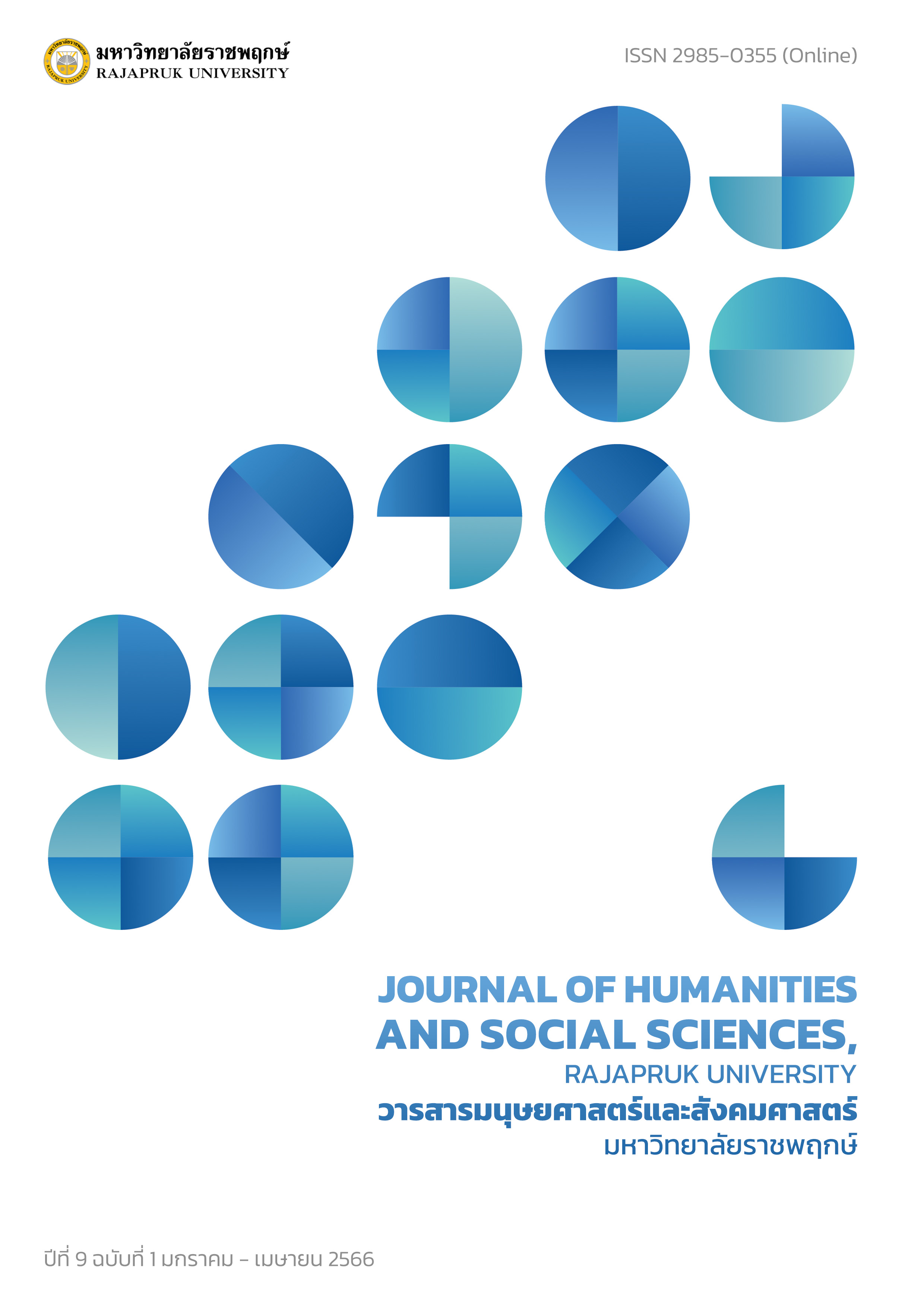English Learning Achievement of Prathom Suksa 2 Students with Active Learning Activities
Main Article Content
Abstract
The objectives of this research were 1) to compare students’ English achievement between the treatment group taught with the active learning activity and the control group taught with the traditional approach, and 2) to study students’ attitudes after learning activities based on active learning. The participants were Pratomsuksa 2 students of Anubansrithat School, Udon Thani province in the second semester of 2020. They were selected purposively and with cluster sampling. The study was divided into the treatment group and the control group, each group has 28 students. The research instruments were lesson plans, the English achievement test, and students' attitudes towards active learning activity assessment form. Data were analyzed by using mean, standard deviation, and t-test. The research findings were 1) the English achievement of the treatment group taught with the active learning activity was higher than the control group taught with the traditional approach at a .05 level, and 2) the students’ attitudes after learning with active learning activities overall were at the highest level with a mean was 4.48 and a standard deviation was 0.60.
Article Details
References
กระทรวงศึกษาธิการ. (2551ก). หลักสูตรแกนกลางการศึกษาขั้นพื้นฐาน พุทธศักราช 2551. กรุงเทพฯ: ชุมนุมสหกรณ์การเกษตรแห่งประเทศไทย.
กระทรวงศึกษาธิการ. (2551ข). แบบฝึกประกอบการสอนตามแผนการจัดกิจกรรมการเรียนการสอนภาษาอังกฤษ. พิมพ์ครั้งที่ 9. กรุงเทพฯ: โรงพิมพ์คุรุสภาลาดพร้าว.
นนทลี พรธาดาวิทย์. (2559). การจัดการเรียนรู้เชิงรุก. กรุงเทพฯ: ทริปปิ้ง เอ็ดดูเคชั่น.
ไพสิฐ บริบูรณ์. (2554). การสอนภาษาอังกฤษในประเทศไทย: การปรับเปลี่ยนกระบวนทัศน์จากภาษาอังกฤษในฐานะภาษาต่างประเทศ สู่ภาษาอังกฤษในฐานะภาษานานาชาติ. วารสารมหาวิทยาลัยราชภัฏสกลนคร, 3(6): 1-11.
ฟาตีฮะห์ อุตส่าห์ราชการ. (2558). รูปแบบการเรียนการสอนแบบ Active Learning เพื่อพัฒนาแนวคิดเชิงวิทยาศาสตร์ เรื่อง คลื่นไหวสะเทือน. วิทยานิพนธ์ ศึกษาศาสตรมหาบัณฑิต คณะศึกษาศาสตร์ มหาวิทยาลัยบูรพา.
รสิตา รักสกุล. (2557). สัมฤทธิผลของการจัดการเรียนการสอนแบบบูรณาการโดยใช้ Active Learning. วิทยานิพนธ์ ครุศาสตรมหาบัณฑิต คณะครุศาสตร์ มหาวิทยาลัยเทคโนโลยีพระจอมเกล้าธนบุรี.
สิทธิพงษ์ สุพรม. (2561). การพัฒนาความสามารถในการเรียนรู้เชิงรุกในศตวรรษที่ 21 สำหรับนักเรียนชั้นมัธยมศึกษาตอนต้น. วารสารวิจัยและประเมินผลอุบลราชธานี, 7(2): 49-58.
สุพรรณี ชาญประเสริฐ. (2557). Active Learning: การจัดการเรียนรู้ในศตวรรษที่ 21. วารสารสถาบันส่งเสริมการสอนวิทยาศาสตร์และเทคโนโลยี (สสวท.), 42(188): 3-6.
อทิตา ดวงดีทิพย์. (2558). การพัฒนาสื่อการสอนคลื่นเสียงบนฐานของแนวทางการเรียนรู้เชิงรุก. วิทยานิพนธ์ ศึกษาศาสตรมหาบัณฑิต คณะศึกษาศาสตร์ มหาวิทยาลัยเชียงใหม่.
ออมสิน จตุพร และ แสงแข คงห้วยรอบ. (2557). การสอนภาษาอังกฤษในฐานะภาษาต่างประเทศ: ความท้าทายสำหรับครุผู้สอนภาษาอังกฤษชาวไทยในศตวรรษที่ 21. วารสารครุศาสตร์, 42(4): 205-217.
Mueller, A. L., Knobloch, N. A., & Orvis K. S. (2015). Exploring the effects of active learning on high school students’ outcomes and teachers’ perceptions of biotechnology and genetics instruction. Journal of agricultural education, 56(1): 138-152.
Sharifian, F. (Ed.) (2015). English as an International Language: Perspectives and Pedagogical Issues. Bristol, UK: Multilingual Matters.
Wright, D. E. (2015). Active learning: Social justice education and participatory action research New York: Routledge.


